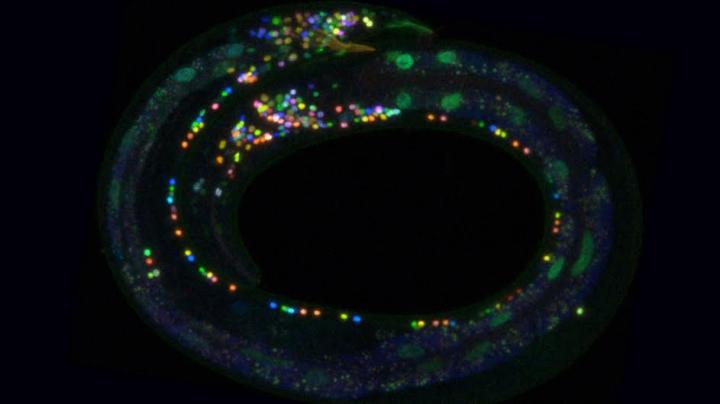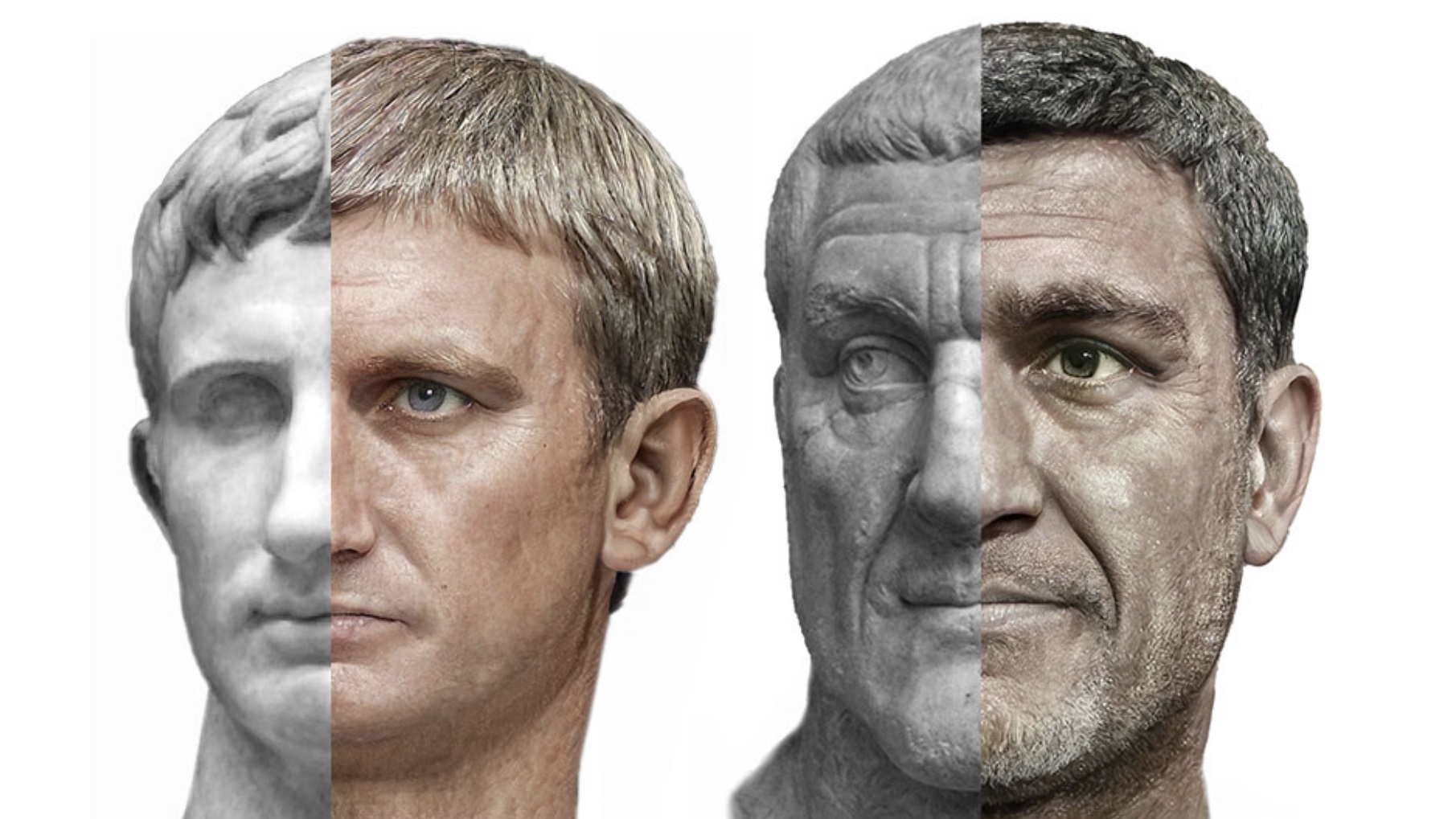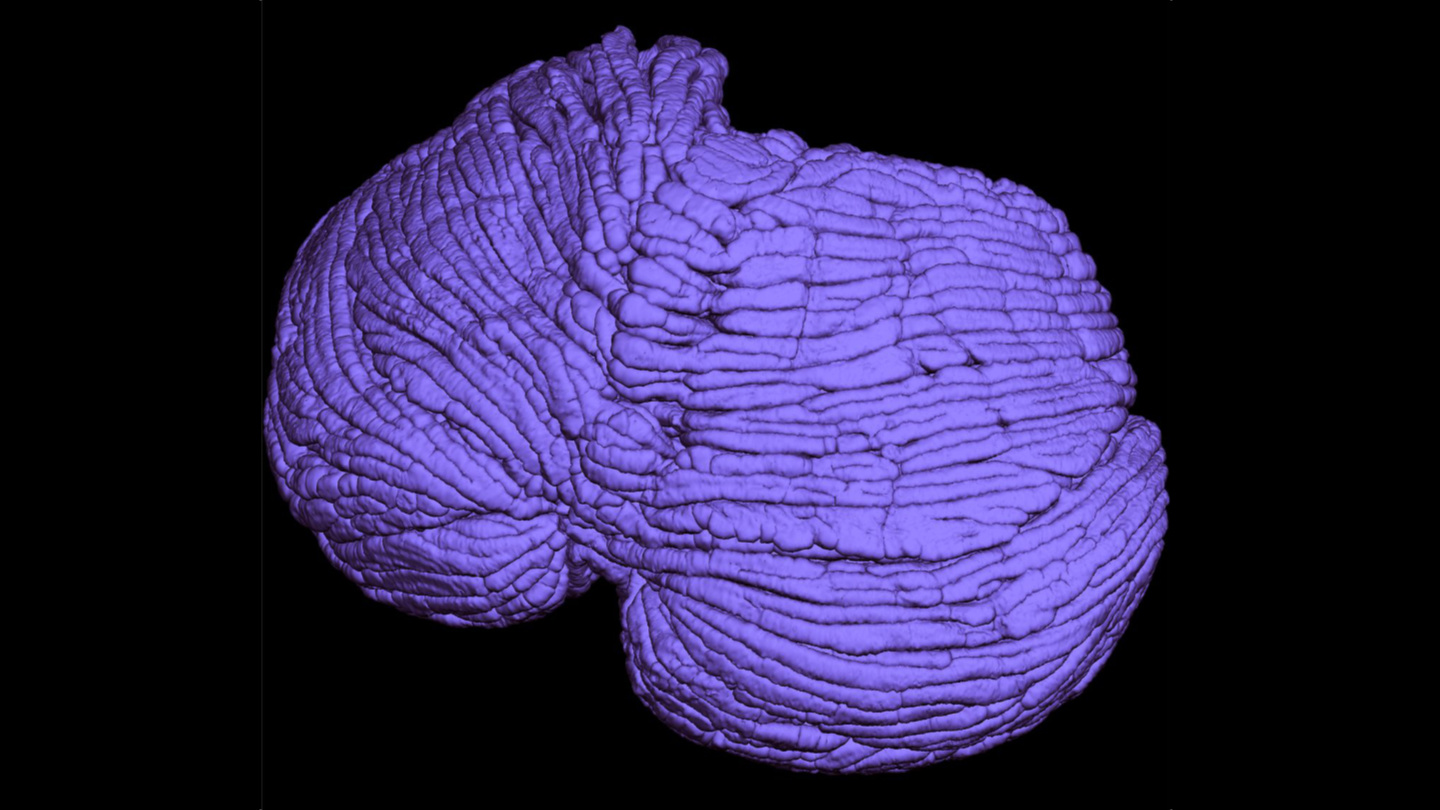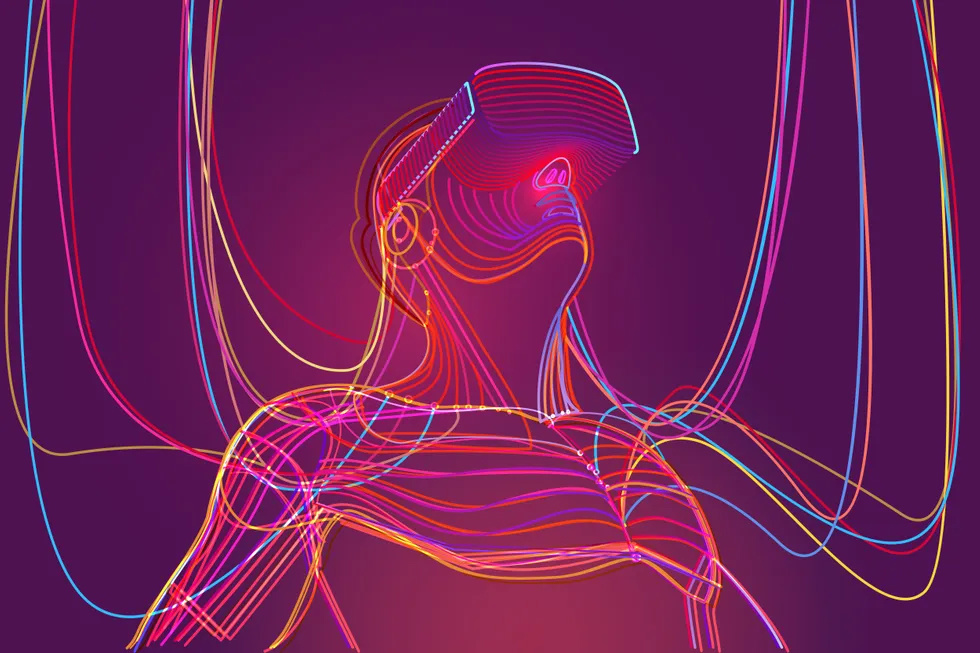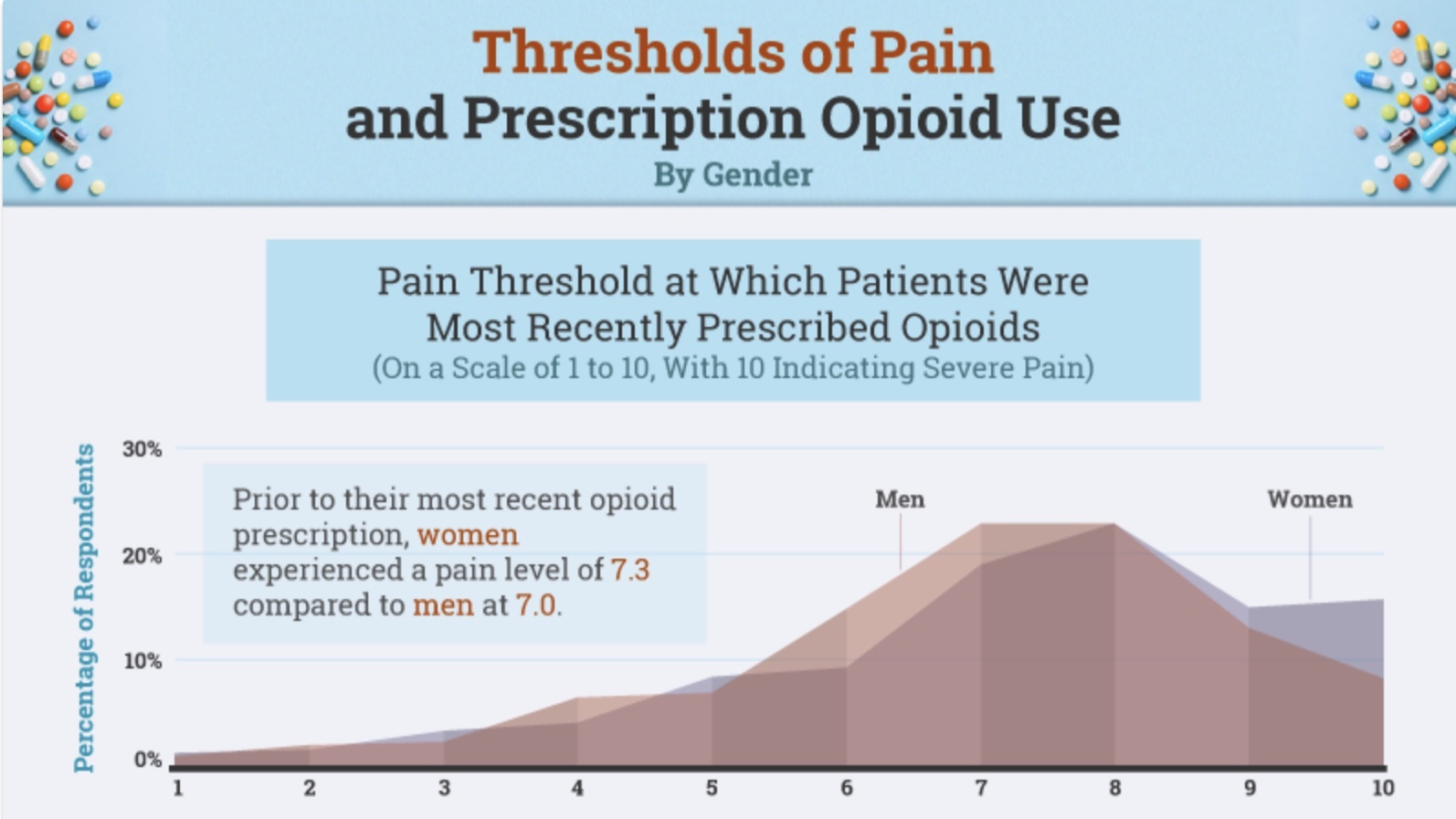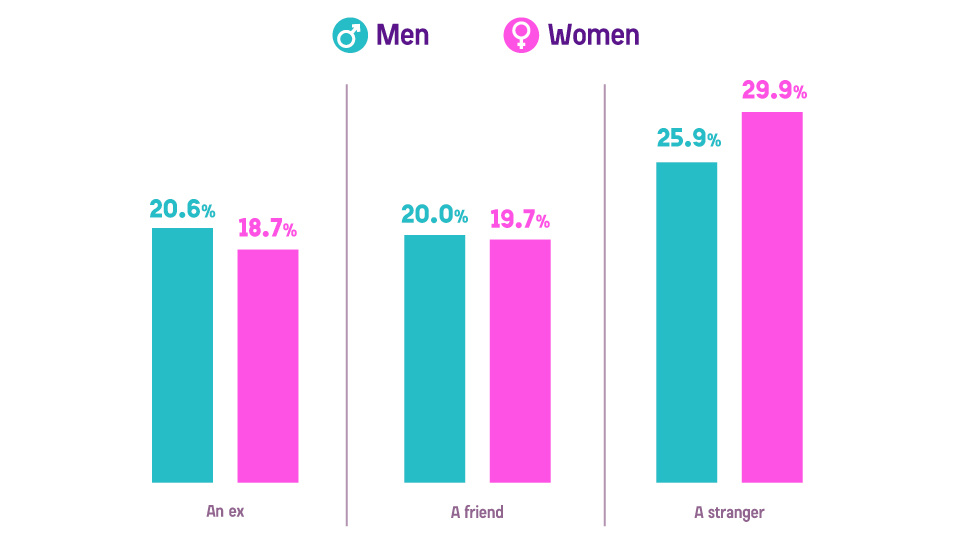visualizations
How can researchers map something as complex as the human brain?
A powerful new tool lights up the brains of worms, and may soon help draw maps of other animals brains.
It’s hard to stop looking back and forth between these faces and the busts they came from.
Positive, romantic thoughts could produce positive, romantic outcomes while dating.
The neurodevelopmental disorder has long baffled researchers.
The multifaceted cerebellum is large — it’s just tightly folded.
Start by reading the title, looking at the labels and checking the caption. If these are not available – be very wary.
Recent studies suggest virtual reality porn can produce a more positive experience than viewing from a monitor or screen.
Reveri Health has launched a new stress-relief self-hypnosis program through Amazon Alexa to help combat the anxiety of COVID-19.
Ground-penetrating radar allows the non-invasive virtual excavation of Falerii Novi.
A groundbreaking Stanford University study explains the areas of the brain that are impacted by hypnosis.
Sisu is an ancient concept that is an integral part of Finland’s national character.
The same 32 symbols show up in prehistoric European cave art.
Need to reduce your stress? Try thinking of the face of your better half.
About a third of doctors may not be doing enough.
A neuroscientist argues that da Vinci shared a disorder with Picasso and Rembrandt.
A new survey asks Europeans and Americans to share their imaginary lives.
A cheat sheet containing what really works.
Some stress out. Some read. Some drink.

